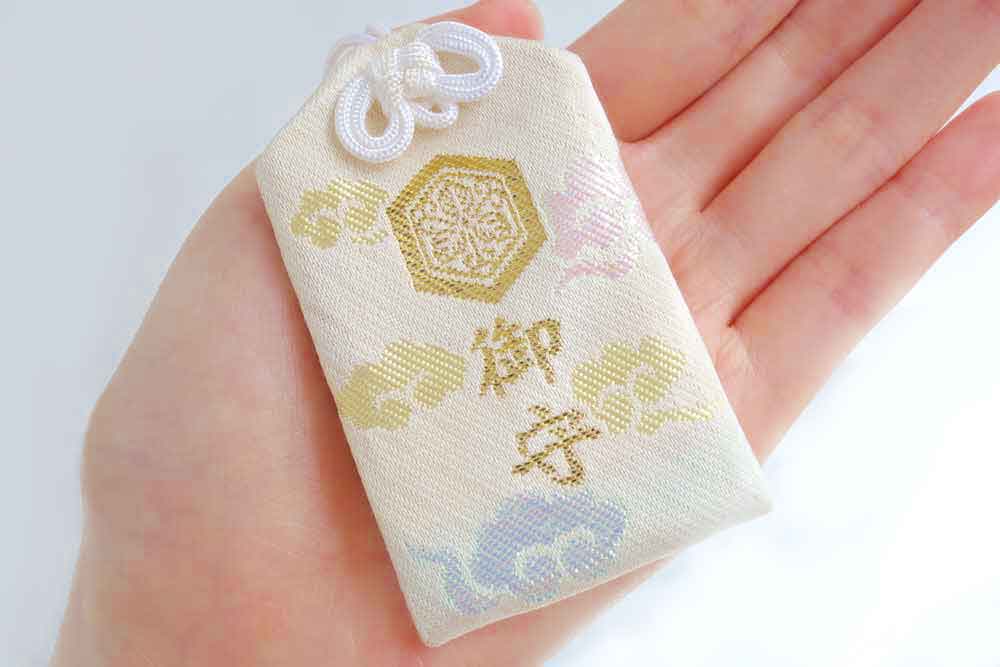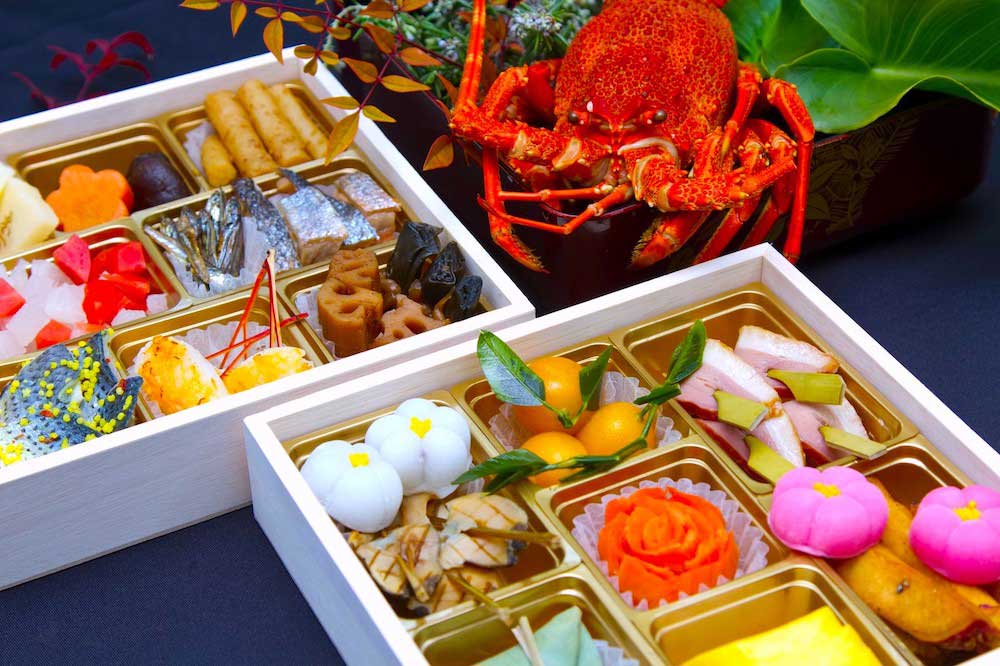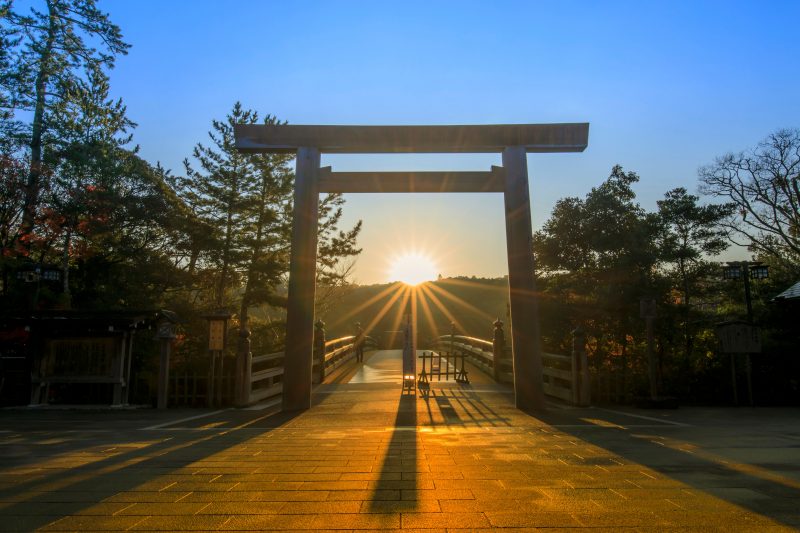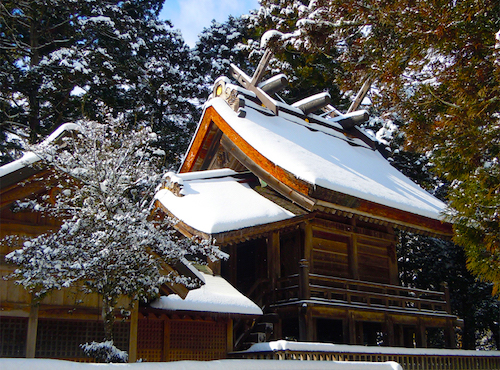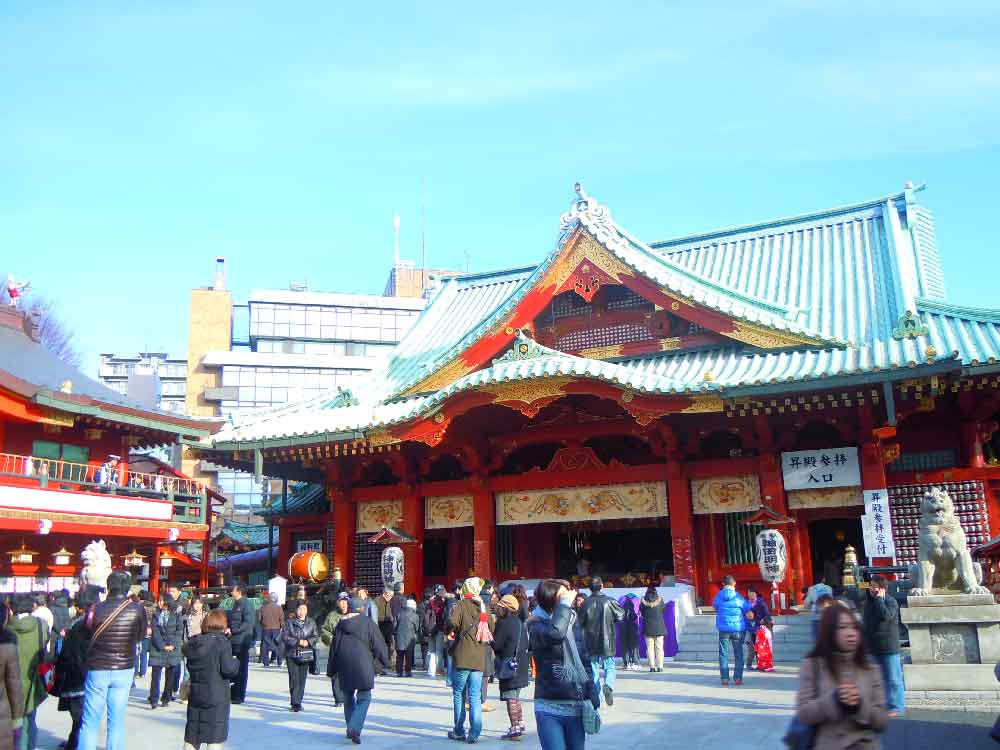
英語で説明するお正月 編に続き、初詣やおみくじなどについて英語で説明する表現をご紹介していきます。
ご興味のある方は、当サイトで 英語クイズ(5000問) を出題しておりますので是非ご覧ください。
目次
↓ 英語で説明する 御守り・絵馬・破魔矢についてはこちら
初詣 / Hatsumōde
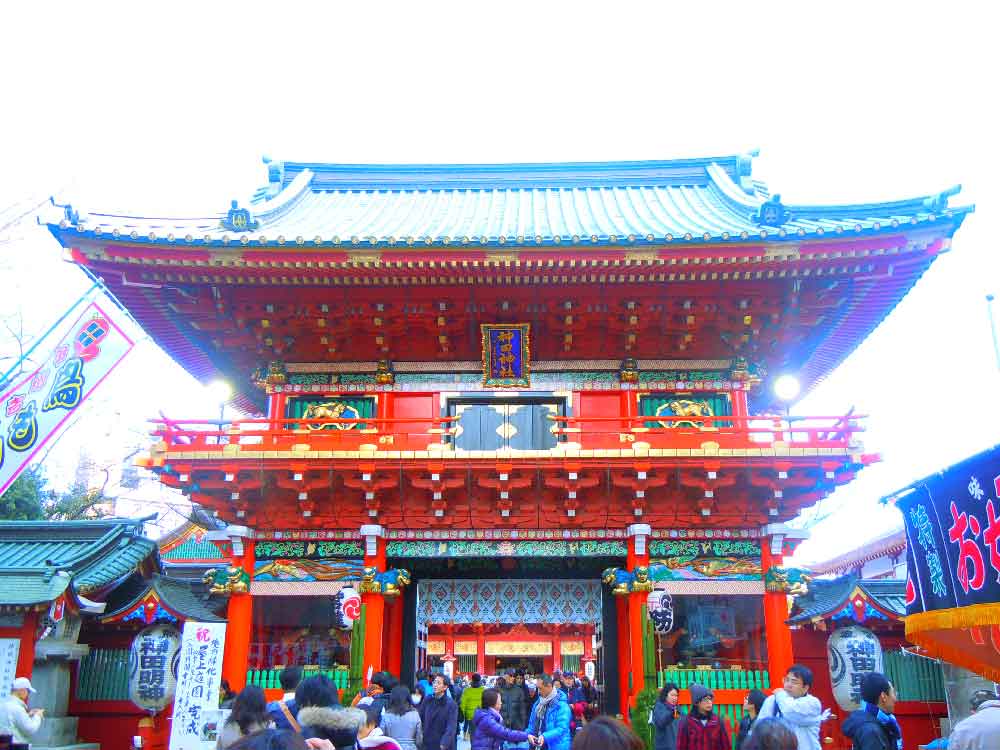
多くの人が、お正月は寺社仏閣に参詣し、新年の幸福を祈ります。
「初詣」というコンパクトな表現が英語にはないため、一般的に
the first shrine/temple visit of the new year などと訳されます。
“Hatsumōde” means the first visit to a Shinto shrine or Buddhist temple of the New Year.
(「初詣」とは、新年の最初に神社やお寺にお参りするという意味です。)
The New Year’s first (Shinto) shrine or Buddhist temple visit is called Hatsumōde. “Hatsu” means “the first.”
(年の最初に神社やお寺に参拝することを初詣といいます。Hatsu は「最初」という意味です。)
Visiting a shrine or temple at the beginning of the year is called hatsumode.
(年の初めに神社やお寺に参拝することを初詣といいます。)
At the New Year, many people pay their first visit to a Shinto shrine or temple.
(お正月には、多くの人々が神社やお寺に初詣に訪れます。)
People visit a shrine or temple to pray for safety, happiness, and good health.
(人々は神社やお寺へ行き、安全、幸福、そして健康を祈ります。)
On New Year’s Day, many people go for the first shrine or temple visit of the year and pray for happiness and health in the new year.
(元旦には、多くの人々が神社やお寺に初詣に出かけ、新年の幸福と健康を祈ります。)
At the New Year, many Shinto shrines are crowded with worshipers for the first shrine or temple visit of the New Year.
(お正月には、多くの神社が初詣の参拝客で混雑します。)
On hatsumōde, people make prayers and wishes for safety and peace during the new year.
(初詣では、人々は新年の安全と幸せを祈ります。)
Visitors express gratitude for their good fortune during the past year and pray for a peaceful life in the new year.
(参拝者は旧年の幸福に感謝し、新年の平和を祈願します。)
People draw omikuji (a fortune slip) that tells them whether they have good luck or bad luck for the new year, or they get lucky charms.
(参拝者はおみくじを引いて新年の吉凶を占ったり、縁起物を求めたりします。)
Oshōgatsu, the New Year, is considered the most important/significant holiday in Japanese tradition.
(お正月は、日本の伝統の中でも最も重要な休日とされています。)
「お正月」は New Year または the New Year 、「新しい年」は new year となり、大文字と小文字で意味が変わりますので、使い分けに注意しましょう。
お賽銭 / Osaisen
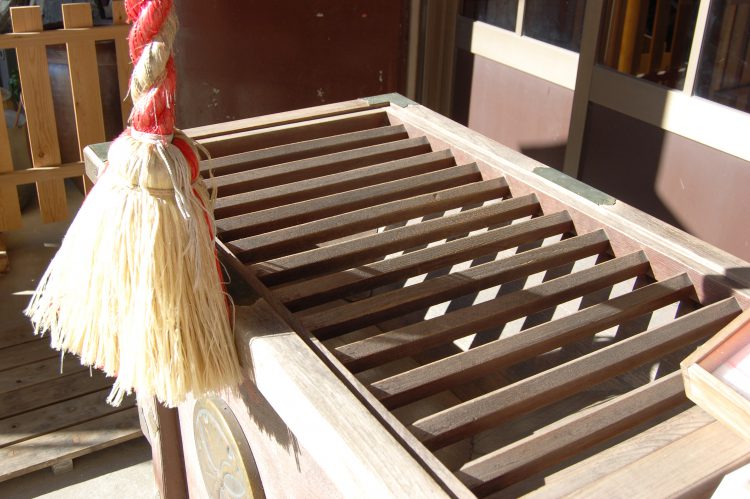
お賽銭は一般的に、 offertory または monetary offering 、お賽銭箱は offertory/offering box と訳されます。
The money offering made to the gods and Buddha upon paying a visit to shrines or temples is called “osaisen.”
(神社または寺院を参詣するさいに、神仏に捧げるお金を「お賽銭」といいます。)
また、お賽銭を入れるときの動詞は、toss や throw などが使われます。
Visitors throw/toss money into the offering box that is placed in front of the haiden (main building of the shrine or temple).
(参拝者は神社や寺院の拝殿の前に置かれたお賽銭箱にお金を投げ入れます。)
おみくじ / Omikuji
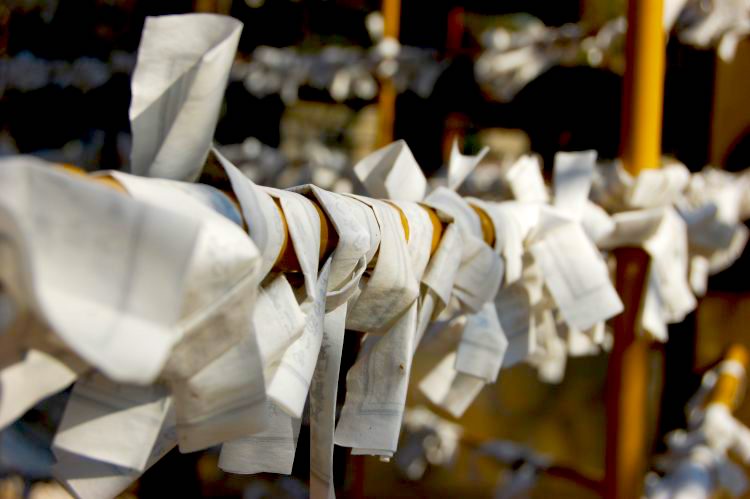
初詣といえばやっぱりおみくじですね。
おみくじは一般的に、fortune slip や a fortune-telling paper strip と訳されますが、
他には written oracle(紙に書かれた神のお告げ)、sacred lots(神聖なくじ)という言い方もあります。
a written oracle drawn to determine one’s fortune
(吉凶を占うために引くくじ → determine「決定する」)
“Omikuji” are fortune slips that are drawn at shrines and temples to predict good or bad luck.
(おみくじとは、神社や寺院などで物事の吉凶を占うために引くくじのことです。)
On hatsumōde, many people get lucky charms or draw their fortunes, “omikuji.”
(初詣では、多くの人がお守りを求めたり、おみくじをひきます。)
Many Japanese people pick a fortune slip that tells their fortune for the new year on hatsumōde.
(多くの日本人が、初詣で新年の運勢が書かれたおみくじを引きます。)
When you draw a bad luck omikuji, tie the strip to the designated place.
(凶を引いたら、所定の場所におみくじを結びつけます。)
It is said that by doing so, you can leave your bad fortune behind.
(そうすることで、不運を神社に残して行くことができるとされています。)
・大吉:very good luck / great blessing
・吉:good luck / blessing
・中吉:fair luck /middle fortune
・小吉:a little luck / small fortune
・末吉:uncertain luck
・凶:bad luck / misfortune
・大凶:extremely bad luck /great misfortune

